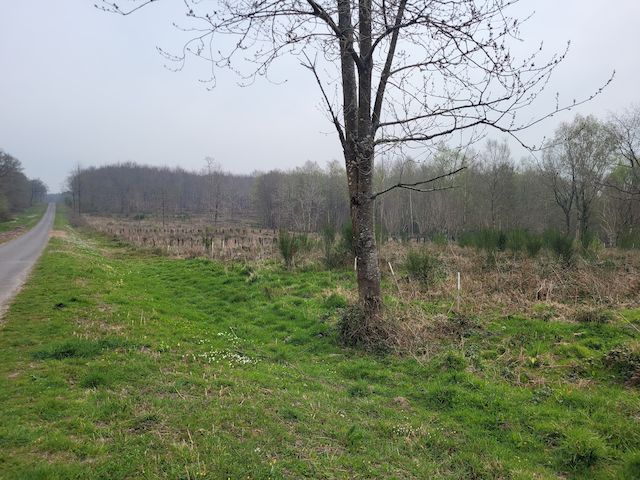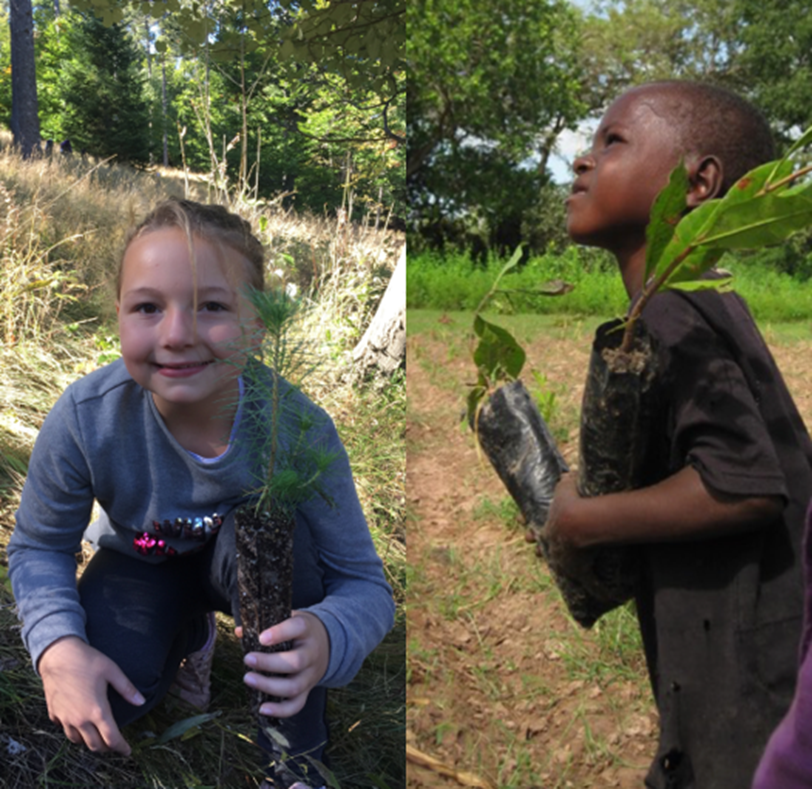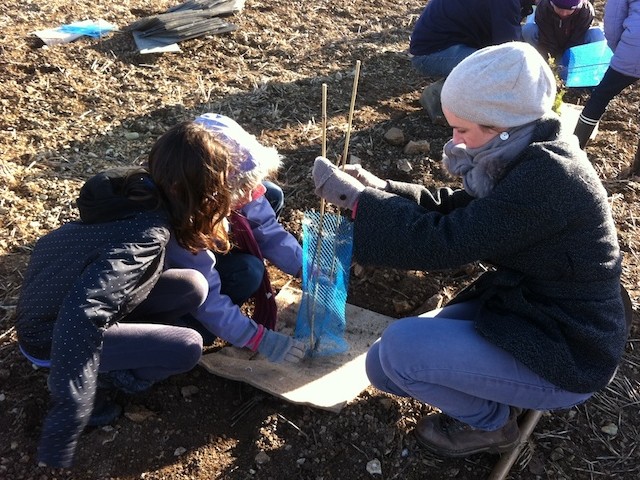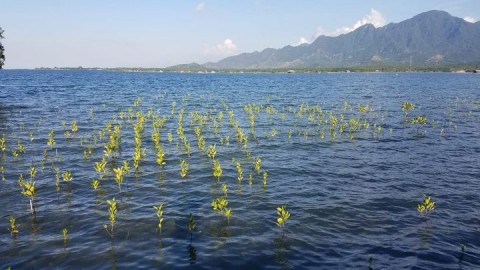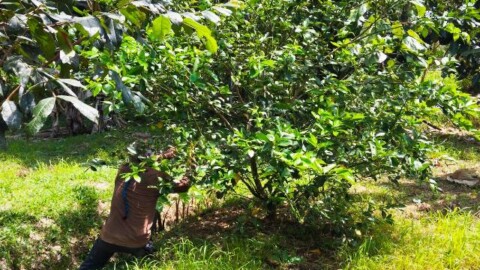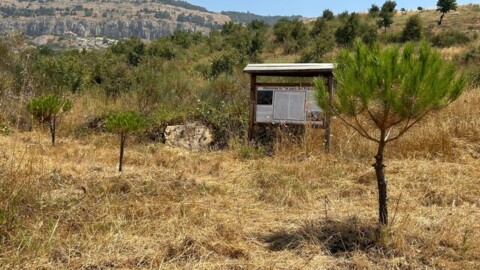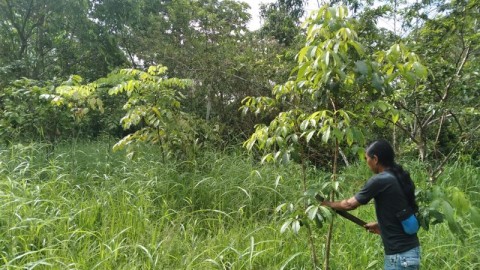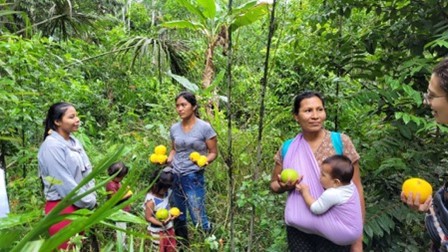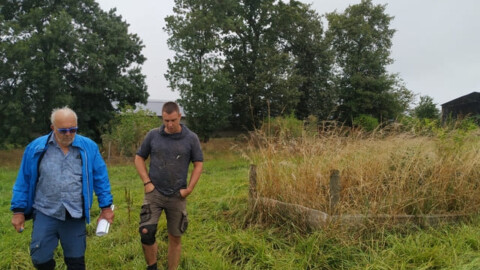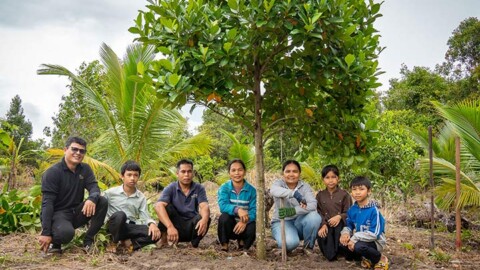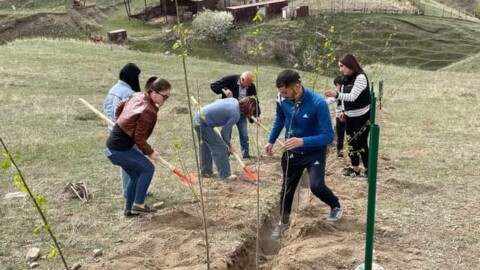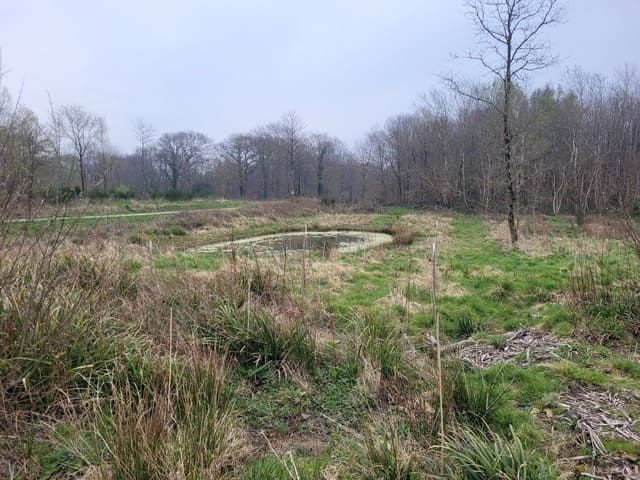
Boulogne-sur-Mer forest, France, July 2023
Reminder of the objectives:
Boulogne-sur-Mer state forest is one of the main forest areas in the Pas-de-Calais region. With its undulating terrain, this wooded environment is much appreciated by people living locally. In September 2016, for the first time ever, the French National Forestry Office (Office National des Forêts, ONF) closed five forests to the public due to severe dieback disease that mainly affects ash trees.
To reforest and renew the tree species on these plots, the ONF opted to plant sessile oak, beech, wild cherry, wild apple, and lime, all of which are better adapted to climate change. The aim of this project is twofold: replace trees that are doomed to die and educate local children about protecting the environment.
The project has a strong educational component, with primary school children actively involved in planting, operated by Kinomé though the Fores&Life programme. The project is also setting up a twinning arrangement between French and Togolese pupils.
Stages of the project in each country:
The project, which began in the winter of 2020-2021, has led to 3,600 seedlings being planted to produce 2,880 perennial trees in France, with the participation of four classes of schoolchildren from La Capelle-lès-Boulogne and involvement of ONF technicians.
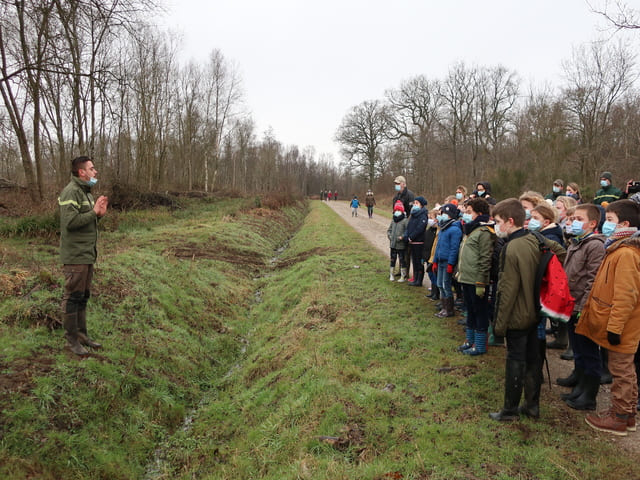
For its part, Agotimé Zoukpé school, with local partner Inades Formation Togo, took part in planting 7,200 trees in Togo, as well as twinning children from the two countries.
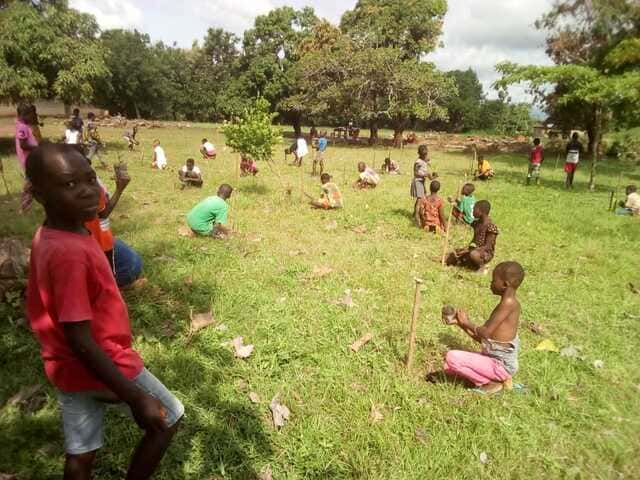
Between February and June 2021, children from the two countries exchanged letters with a long list of questions to find out more about each other and their respective forests.
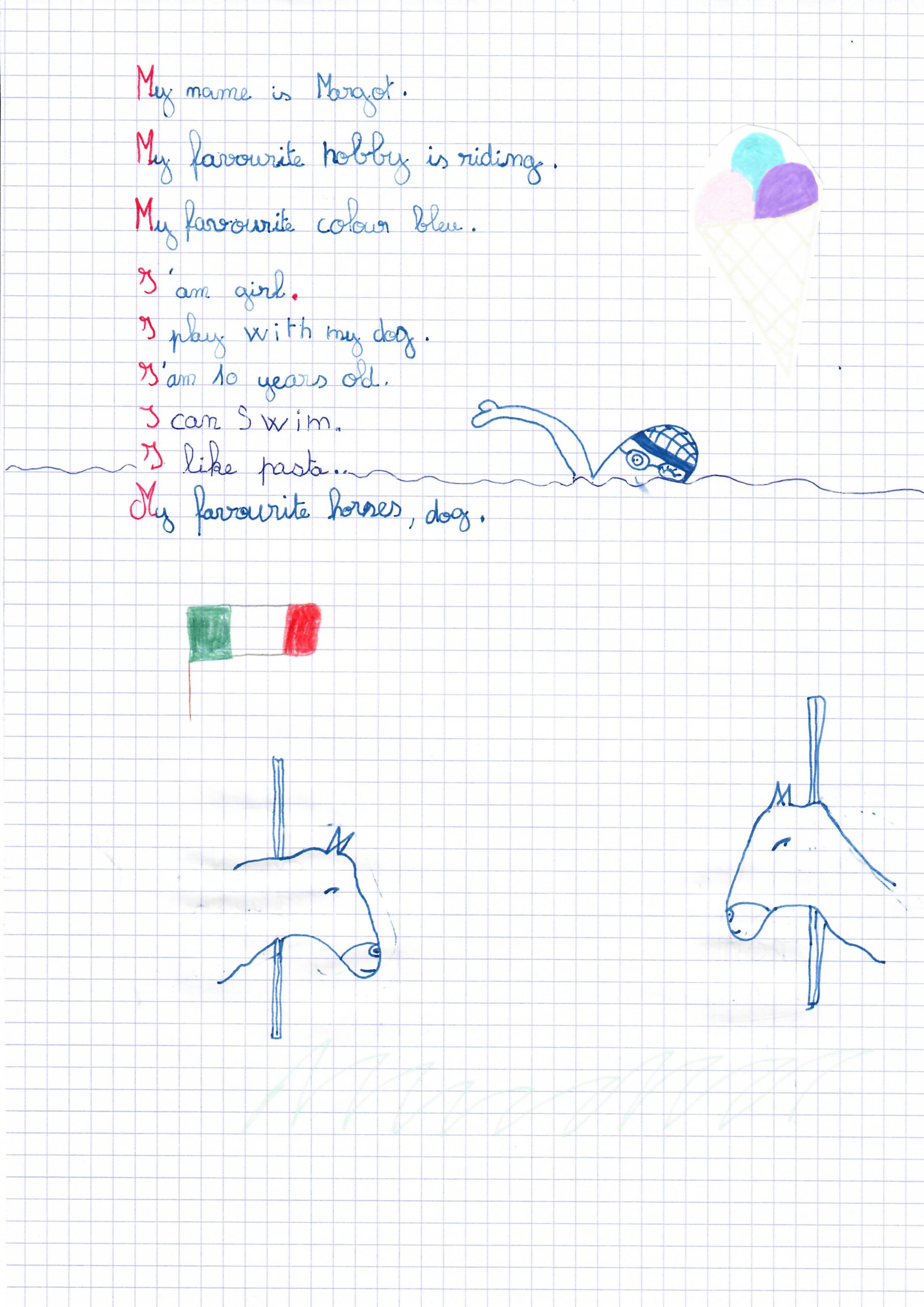
Difficulties encountered during the project:
The project met with a few challenges, but overall went off without a hitch.
There were some delays, mainly due to the Covid-19 pandemic. In addition, when it came to supplying the plants, due to stock shortages and a poor breeding season for the fruit trees, the pear trees initially planned were replaced by apple trees, and around 50 fruit trees that couldn’t be delivered were replaced by other species.
Finally, there were a number of difficulties when preparing the soil on the plots, and a Becker tine tool was needed to help decompact it.
Results at project end:
The ONF‘s technical teams continue to maintain the trees and plots, to ensure that they develop and grow properly. At the end of the summer of 2021, less than a year after planting, they observed an average survival rate of 93% on the two plots.
In 2022, maintenance and replanting work was carried out on both plots to replace the dead trees and ensure restoration of a healthy woodland.
Further monitoring in March 2023 revealed a survival rate of 74% for plot 80 and 82% for plot 82. The ONF will replant both plots over the winter of 2023/2024. The aim is to replant until a survival rate of 80% is reached.
The new species planted, which are less susceptible to ash blight, will improve adaptation of the forest area in this region to climate change.


